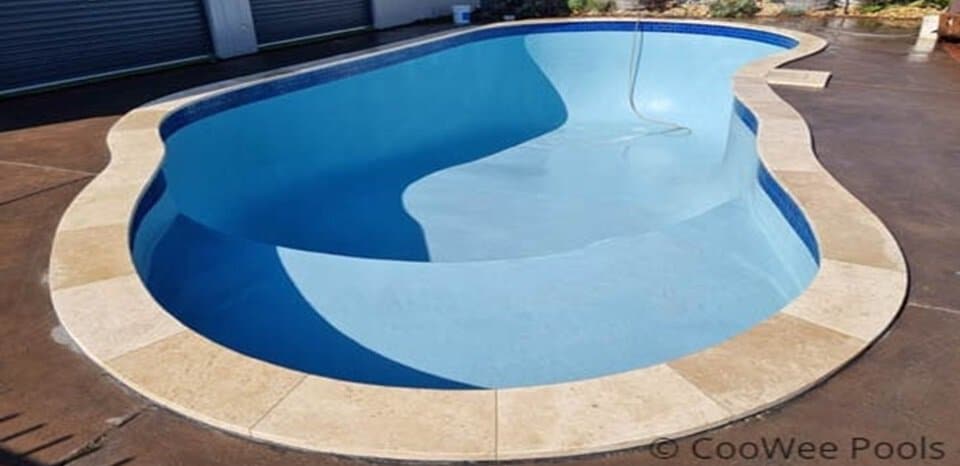Understanding Its Role in Pool Design and Functionality
When designing your dream pool, one feature is often overlooked, but crucial—pool coping. It might sound like a technical term reserved for contractors, but understanding pool coping can elevate your pool from basic to brilliant. Whether you’re a homeowner planning your backyard oasis, a pool design enthusiast, or a pool owner who wants to provide a beautiful place for people to relax, pool coping is a vital component that shouldn’t be underestimated.
This comprehensive guide explores pool coping, its purpose, various styles, materials, cost, longevity, and maintenance tips. By the end, you’ll see why this unsung hero of pool design deserves your attention.
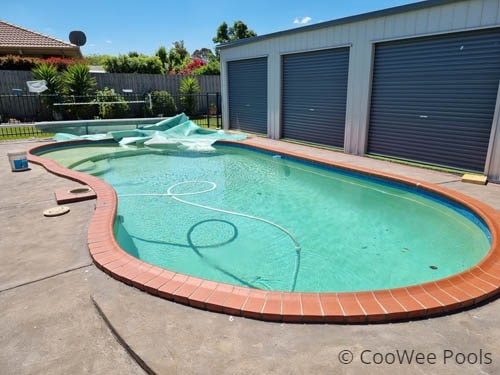
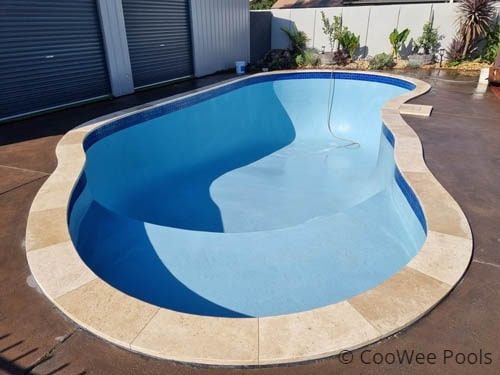
What Exactly Is Pool Coping?
Pool coping is the protective lip or cap at the edge of a swimming pool. The finishing touch conceals the concrete edge and provides a smooth, safe transition between the pool and the deck or surrounding area. But it’s not just about aesthetics; pool coping serves several vital functions in pool construction.
In essence, pool coping is the material that lines the top edge of the pool structure. It can be made from various materials, offering distinct benefits and design possibilities. From natural stone to precast concrete, the choice of material can significantly impact the look and feel of your pool.
Beyond its structural role, pool coping is the first point of contact for swimmers entering or exiting the pool. It’s designed to protect the pool edge from wear and tear while enhancing safety by providing a non-slippery surface. This combination of form and function makes pool coping an indispensable part of any swimming pool.
Understanding the Role and Purpose of Pool Coping
The primary purpose of pool coping is to act as a barrier between the pool water and the surrounding pavers, decking or landscape. This barrier helps prevent water from seeping into the underlying structure, which could lead to serious damage over time.
Pool coping also adds structural integrity to the pool, anchoring the tiles or lining in place. It stabilizes the pool’s shell and helps prevent water from affecting the surrounding soil, reducing the risk of pool movement or settling.
In addition to its practical roles, pool coping is an opportunity to make a style statement. The variety of materials and designs allows homeowners and designers to complement the pool’s overall aesthetic, whether modern, rustic, or somewhere in between.

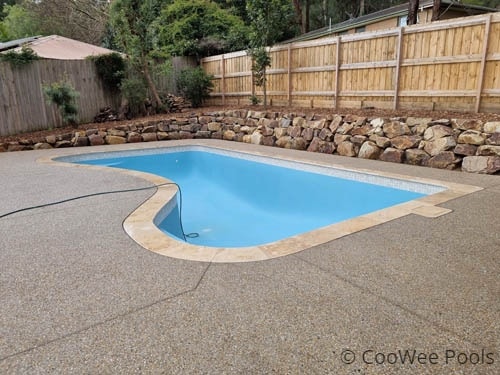
Various Styles of Pool Coping
Pool coping comes in various styles to suit different tastes and architectural designs. One of the most popular styles is bullnose coping, characterized by its rounded edge. This style offers a classic and elegant look while providing a comfortable grip for swimmers.
Straight-edge or square-edge coping is often used for a more contemporary appearance. This sleek and minimalistic style is ideal for modern pool designs and provides a clean transition from the deck to the pool.
If you’re aiming for a natural or rustic look, rock face coping might be your choice. With its rugged, uneven surface, rock face coping mimics the appearance of natural stone, blending seamlessly with outdoor landscapes.
Materials Commonly Used in Pool Coping
The choice of material for pool coping can significantly impact the pool’s aesthetic appeal and functionality. Natural stone is a popular option for its timeless beauty and durability. Materials like travertine, limestone, and granite offer a variety of textures and colours.
Concrete is another widely used material for pool coping. It’s versatile and can be molded into different shapes and finishes, such as stamped or stained to mimic natural stone. Precast concrete coping is also an option, providing uniformity and ease of installation.
Tile is a great choice for those looking to add a splash of color or pattern to their pool design. Pool coping tiles come in various styles and finishes, allowing creative expression while maintaining durability and slip resistance. Ceramic or porcelain tiles are commonly used for their water resistance and long-lasting performance.
What Is the Cost of Pool Coping?
The cost of pool coping varies widely depending on the material chosen, the style, and the complexity of the installation. On average, homeowners might spend anywhere from $30 to $100 per linear foot for pool coping, including materials and installation.
Natural stone coping tends to be on the higher end of the price spectrum due to its quality and aesthetic appeal. Concrete and precast options are generally more budget-friendly, making them popular for many homeowners.
While the initial investment in pool coping might seem considerable, quality coping can enhance the pool’s overall value in terms of usability and visual appeal.
The Longevity of Pool Coping
The longevity of pool coping depends on several factors, including the material, climate, and maintenance practices. Natural stone coping is durable and can last for decades with proper care. It’s resistant to weathering and can withstand harsh outdoor elements.
Concrete and precast coping also offer impressive longevity, particularly when sealed and maintained regularly. These materials can endure freeze-thaw cycles and resist chemical exposure from pool water.
While aesthetically versatile, pool coping tiles may be more susceptible to chipping or cracking over time. However, using high-quality tiles and ensuring professional installation can extend their lifespan considerably.
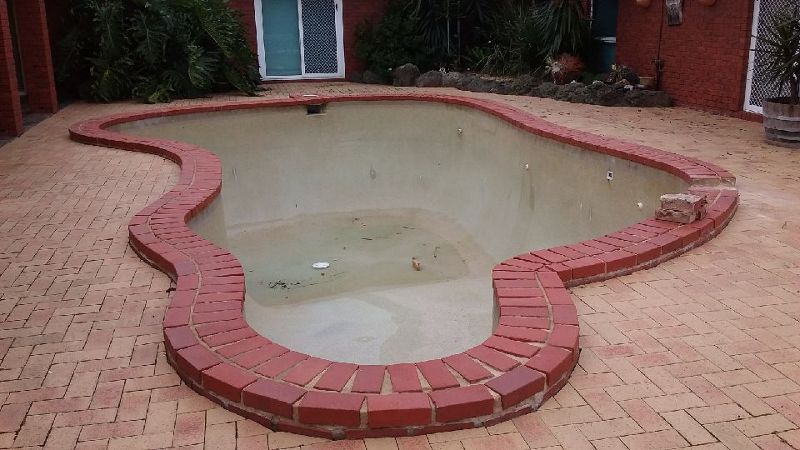

Tips for Maintaining Pool Coping
Proper maintenance is essential to prolonging the life of pool coping and keeping it looking its best. Regular cleaning is crucial to prevent the buildup of dirt, algae, and pool chemicals that can deteriorate the material. Use a mild detergent and a soft brush to clean the surface gently.
Sealing is another important step, especially for natural stone and concrete coping. A quality sealant protects against moisture, stains, and UV damage, preserving the material’s appearance and integrity.
Inspect the coping periodically for any signs of damage, such as cracks or loose pieces. Promptly addressing repairs can prevent further deterioration and maintain the safety and aesthetics of the pool area.
Advantages of Having Pool Coping
Pool coping offers numerous advantages beyond its functional roles. It enhances the safety of the pool area by providing a stable, non-slip edge that reduces the risk of accidents. This is particularly important for families with children and elderly members.
Regarding aesthetics, pool coping adds a polished and finished look to the pool. It frames the water beautifully, adding a touch of sophistication to the overall design. The wide range of materials and styles allows for customization that aligns with personal preferences and outdoor themes.
Additionally, pool coping contributes to the longevity of the pool structure. Protecting the pool edge and preventing water infiltration minimizes the need for costly repairs and prolongs the life of the pool.

Final Thoughts
Understanding the significance of pool coping is key to creating a safe, functional, and visually appealing swimming pool. From its protective role to its design potential, pool coping is a critical element in pool construction that should not be overlooked.
Ready to enhance your pool’s design and functionality?
Discover the perfect pool coping solutions with our expert team at CooWee Pool Renovations.
We will guide you through material options like bluestone and concrete, ensuring a blend of style and durability. Whether you’re a pool owner or a design professional, contact us today at 0434 128 999 for a free quote and to learn more about our services.
Visit our website for inspiration and transform your pool into a stunning oasis!

